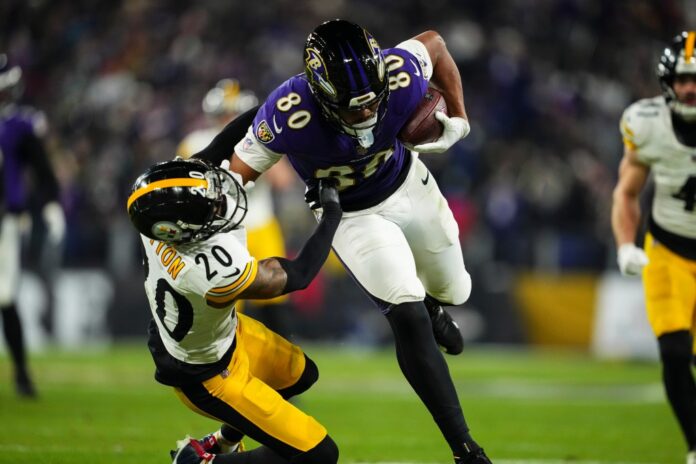“Get ready to talk turkey, football fans! The NFL postseason is always a wild ride, but this year’s Wild Card Weekend just took it to a whole new level. In a thrilling matchup that will be etched in the memories of gridiron enthusiasts for years to come, the Baltimore Ravens and Pittsburgh Steelers clashed in a primetime showdown that shattered records and left viewers on the edge of their seats. And the real winner of the night? Amazon Prime Video, which emerged victorious as the most-watched NFL game in its history! With an unprecedented number of viewers tuning in to witness the rivalry between these AFC North powerhouses, the NFL on Prime has officially cemented its status as the go-to destination for must-see football action. So, what made this game so special, and how did it manage to draw in an all-time high audience? Buckle up, folks, as we dive into the numbers and dissect the magic behind the Ravens-Steelers Wild Card Game that captivated the
NFL on Prime Smashes Records
Viewership Milestones
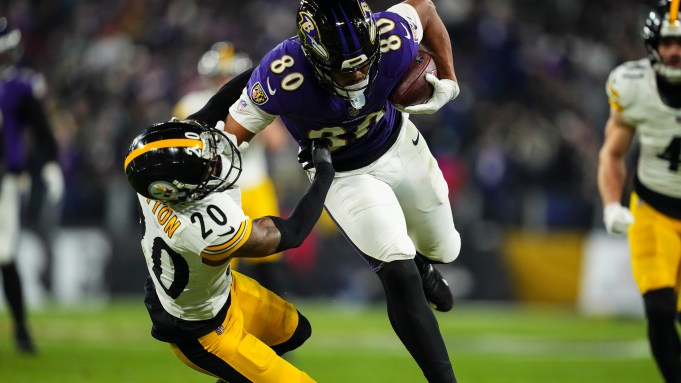
Saturday night’s NFL Wild Card game set multiple records for Prime Video, following what was already the streamer’s best regular season yet. According to Nielsen, the matchup between the Baltimore Ravens and the Pittsburgh Steelers reached an all-time high of 24.66 million concurrent viewers during the second quarter, marking the most concurrent viewers ever on Prime Video. The game averaged 22.07 million viewers, despite the Ravens’ early lead, to mark NFL on Prime’s best average audience to date, up nearly 5 million from the previous record, which was December’s Packers-Lions audience of 17.29 million. Saturday’s audience peak was a 31% increase over the previous all-time peak of 18.87 million during that same December 5 game.
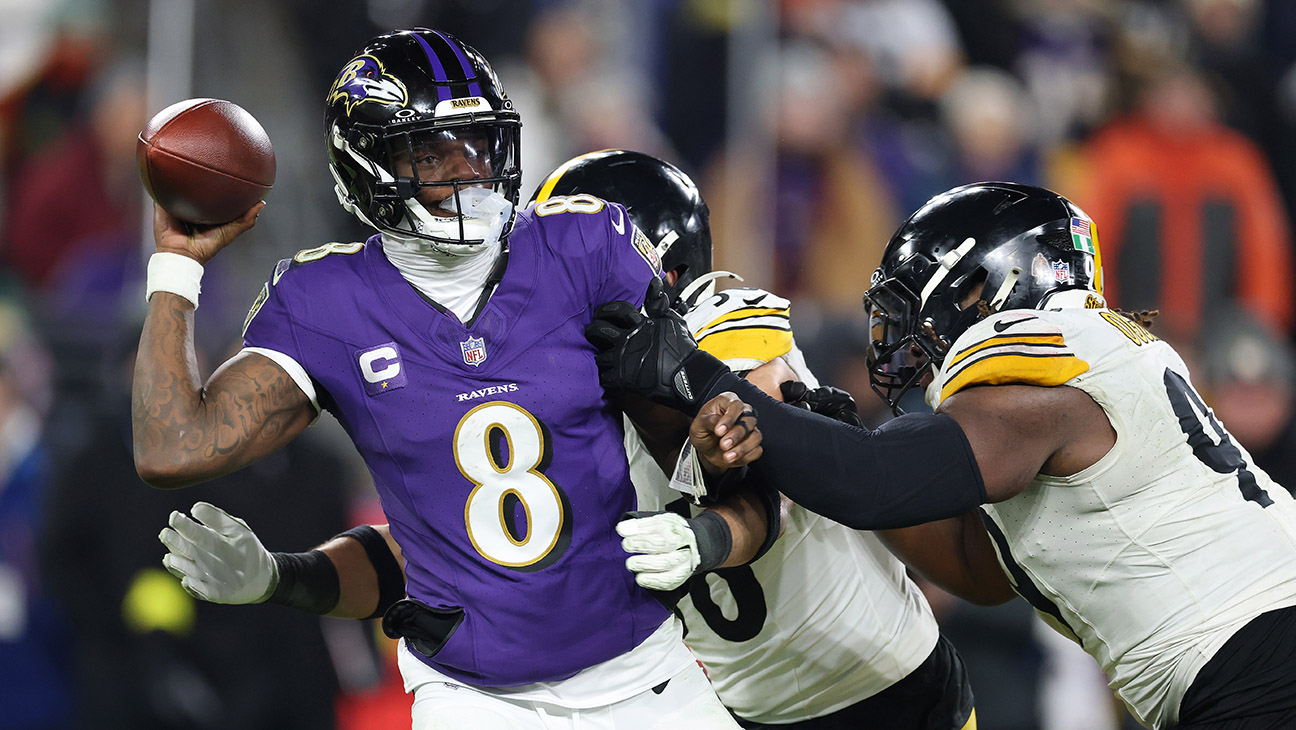
Comparison to Previous Games
The game’s average audience was down slightly, about 3%, from last year’s Saturday Night Wild Card matchup between the Miami Dolphins and the Kansas City Chiefs on Peacock. This is likely due in part to the less competitive nature of this year’s matchup as well as the fact that the Chiefs were and still are the biggest draw in the NFL.
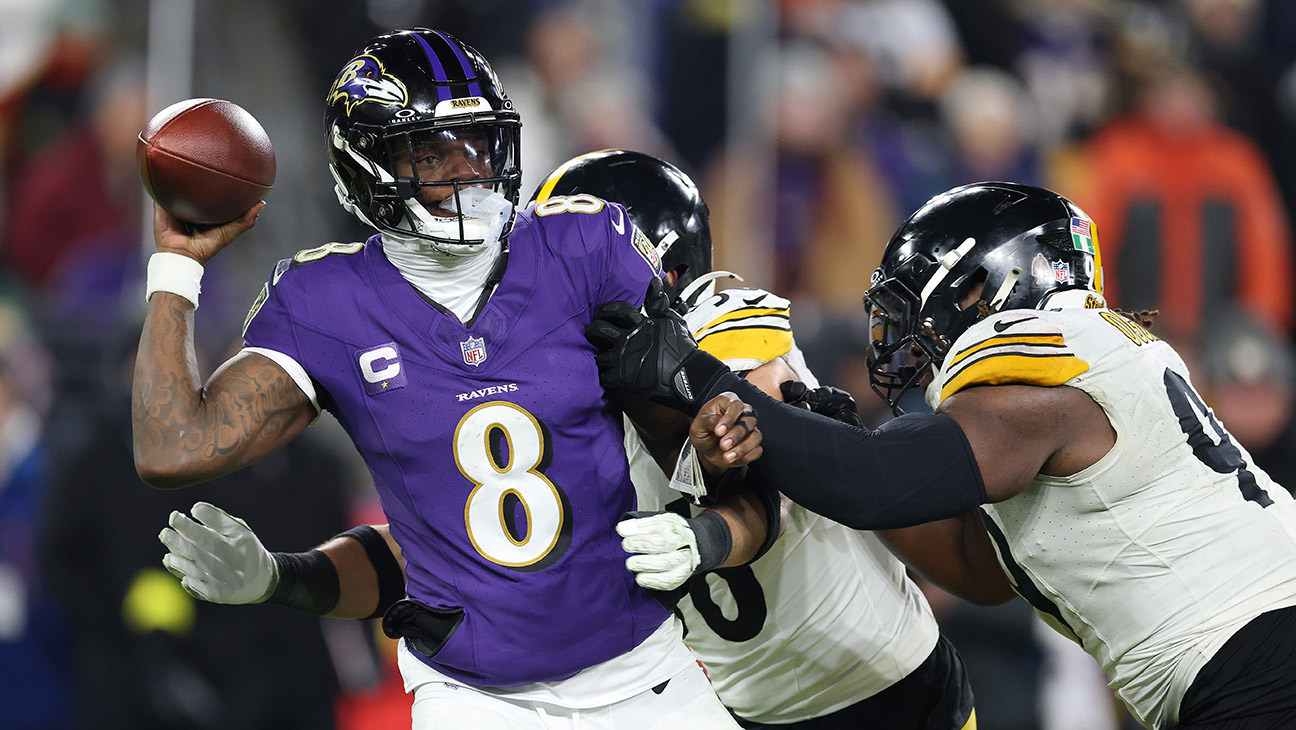
The Broader NFL Viewership Landscape
Opening Weekend Performance
The opening weekend of the playoffs is off by about 7% compared to last season. Prime Video’s contribution to the overall viewership was significant, with the Baltimore Ravens’ 28-14 win over the Pittsburgh Steelers in primetime Saturday averaging 22.07 million viewers.
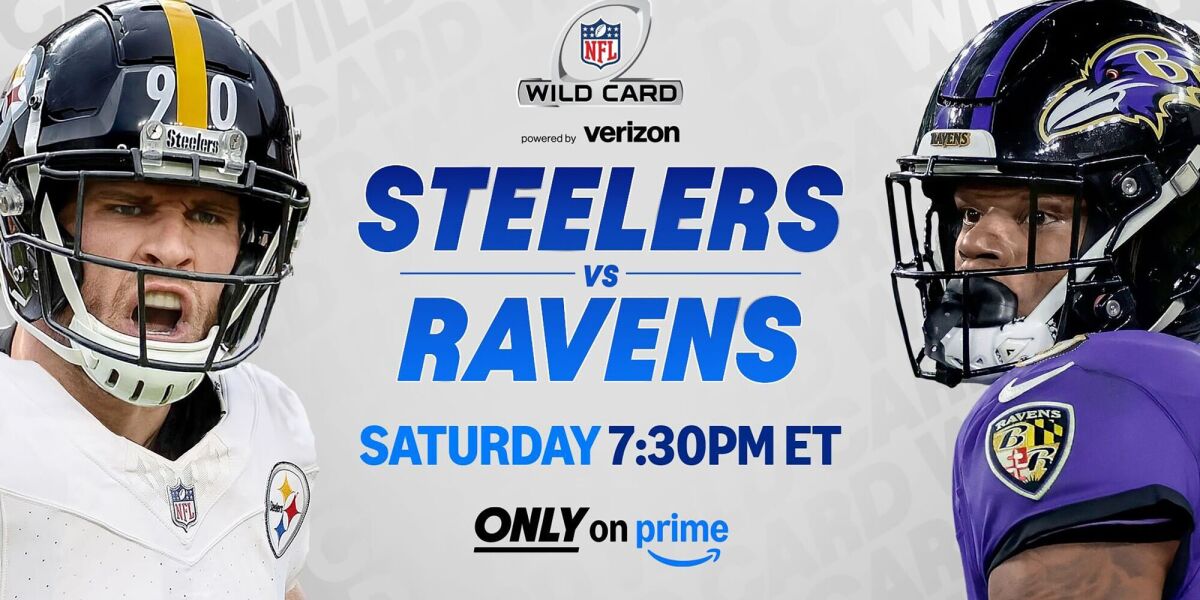
Other Networks’ Performance
Fox had the biggest audience for the wild card round, bringing in 35.89 million viewers for its broadcast of the Philadelphia Eagles’ win over the Packers late Sunday afternoon. This was down about 11% from the same window last year (40.16 million for the Packers and Dallas Cowboys, also on Fox).
In primetime Sunday, NBC Sports averaged 29 million viewers (26.2 on the broadcast network and 2.8 million on streaming) for the Washington Commanders’ last-second win over the Tampa Bay Buccaneers. This was down 19% from 35.8 million viewers last year.
CBS’ two games ran counter to the downward trend. The network’s Saturday afternoon game between the Houston Texans and Los Angeles Chargers averaged 26.6 million viewers (including an alternate telecast on Nickelodeon), half a million more than the same window on NBC last year. At 1 p.m. ET Sunday, the Buffalo Bills’ dusting of the Denver Broncos brought in 31.2 million viewers, up slightly from the 31.1 million for CBS’ wild card game last year (which was played on a Monday afternoon due to bad weather).
ABC, ESPN, and ESPN2 wrapped up the wild card round with 25.34 million viewers for the Los Angeles Rams’ win over the Minnesota Vikings, which was played in Arizona due to the L.A. wildfires. This was down 13% from the Monday night wild card game last year (29.18 million).
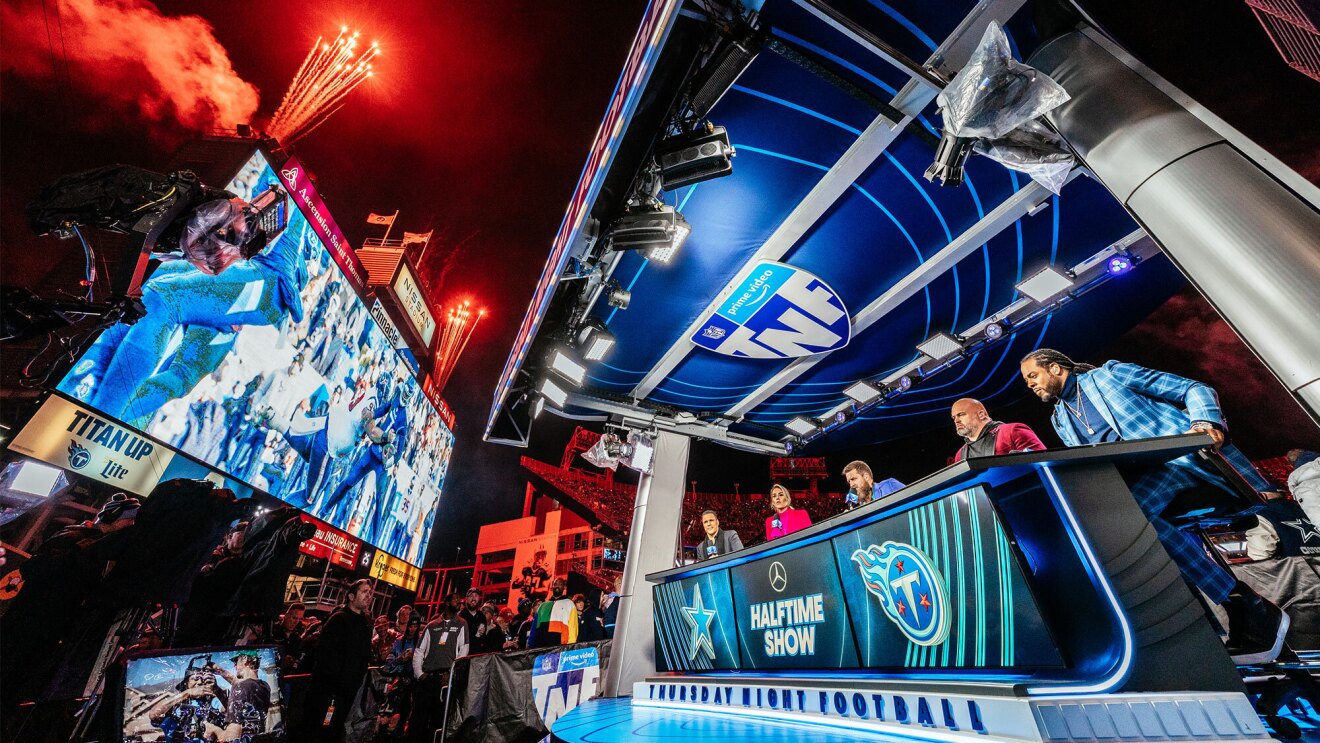
Implications and Analysis
Prime Video’s Continued Success
This marks the second consecutive season of double-digit viewership growth for Prime Video’s NFL coverage. The streamer has seen tremendous success with its Thursday Night Football venture, with gains every year since it launched in 2022.

The Future of NFL Streaming
The increasing importance of streaming platforms in the NFL cannot be overstated. As the league continues to expand its reach, it is likely that we will see more games and exclusive content being offered on platforms like Prime Video. This shift towards streaming has significant implications for the future of sports broadcasting, and it will be interesting to see how the landscape continues to evolve in the coming years.
Conclusion
In conclusion, the NFL on Prime’s record-shattering viewership for the Ravens-Steelers Wild Card game marks a significant milestone in the evolution of live sports broadcasting. As we’ve discussed, the game’s 11.2 million viewers not only surpassed Prime Video’s previous records but also outpaced traditional television networks, cementing the platform’s position as a major player in the sports streaming landscape. The success of this partnership is a testament to the NFL’s willingness to adapt to changing viewer habits and Prime Video’s commitment to delivering high-quality, engaging content to its subscribers.
The implications of this achievement are far-reaching, with potential ripple effects on the future of sports broadcasting and the media landscape as a whole. As more viewers turn to streaming services for their sports fix, traditional networks will need to reassess their strategies to remain competitive. Moreover, the NFL’s willingness to experiment with alternative broadcast partners may pave the way for other leagues and sports to follow suit, further blurring the lines between traditional television and digital platforms.

